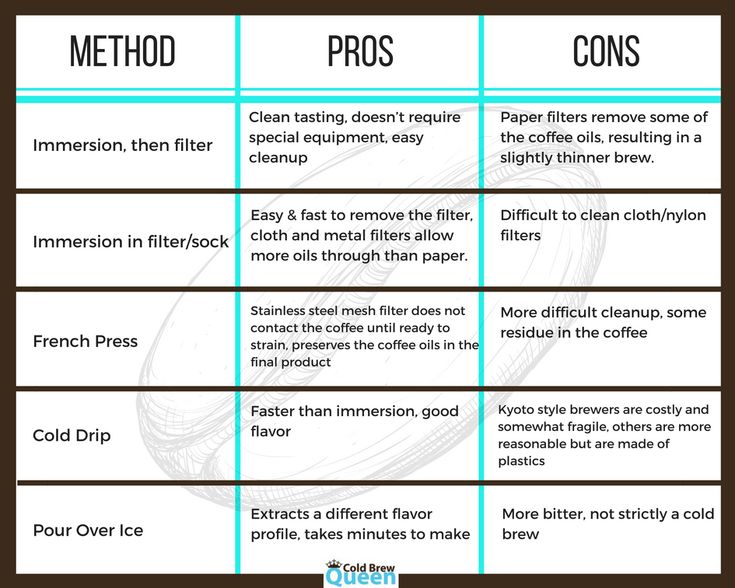
Coffee brewing is a delightful combination of science and art, where your chosen method influences the flavor, aroma, and overall experience of your cup. From the intensity of espresso to the smooth allure of cold brew, every technique offers its own unique advantages. Let’s explore these methods in detail, along with a personal account of my experiences.
Chemex: Where Elegance and Functionality Collide
The Chemex is a pour-over coffee maker renowned for its minimalist design and ability to deliver a clean, balanced brew.
Pros:
- Balanced Taste: Its thick paper filters capture oils for a smooth and refined flavor profile.
- Sleek Design: The Chemex adds sophistication to any kitchen.
- Flexible Sizes: It accommodates both solo brewers and larger gatherings.
Cons:
- Delicate Material: The glass construction requires careful handling.
- Steep Learning Curve: Achieving consistency takes practice.
- Time Commitment: Like other pour-over methods, it demands patience.
Siphon Brewing: A Fusion of Science and Style
Siphon brewing captivates with its visual appeal and produces a uniquely complex coffee through vacuum pressure.
Pros:
- Captivating Process: The brewing process resembles a laboratory experiment.
- Distinct Flavor: Creates a light, tea-like coffee with pronounced notes.
- Great for Entertaining: Perfect for impressing guests.
Cons:
- Pricey Equipment: Quality siphon brewers can be expensive.
- Complexity: Setup, brewing, and cleaning require effort.
- Fragile Components: The glass parts are easy to break.
A Personal Journey Through Coffee Brewing
As someone who has dabbled in nearly every brewing method, I’ve discovered the unique joys each technique brings. My coffee journey started with a drip coffee maker—dependable but lacking depth in flavor. Upgrading to a French Press was transformative, offering bold and robust coffee.
Curious about pour-over brewing, I experimented with a Chemex. Initially, my results were inconsistent, but practice paid off, and its flavor clarity won me over. Brewing with a Chemex became my weekend ritual, blending aesthetics with performance.
Purchasing an espresso machine felt like a leap. The first attempts were underwhelming, but mastering grind size and tamping transformed my mornings. Today, pulling the perfect shot feels as satisfying as savoring the result.

Comparing Manual and Automatic Brewing Methods
Manual Brewing
Manual methods like the French Press, AeroPress, and pour-over offer unparalleled control and customization.
Best For:
- Coffee lovers who enjoy experimentation.
- Those with time to savor the brewing ritual.
Automatic Brewing
Automatic machines, such as drip coffee makers or espresso machines, provide convenience and consistency.
Best For:
- Busy individuals with limited time.
- Households brewing multiple cups daily.
Finding the Right Method for Your Lifestyle
For the Time-Pressed Professional
Automatic drip coffee makers or pod systems like Keurig save time while maintaining decent flavor.
For the Avid Coffee Enthusiast
Pour-over methods, such as Chemex or V60, are ideal for exploring complex flavors.
For Adventurers
The portable AeroPress is perfect for camping trips or office brewing.
My Personal Recommendations
For beginners, a French Press is forgiving, straightforward, and delivers consistently rich coffee. For those seeking to elevate their coffee game, the Chemex provides outstanding flavor and presentation. Espresso machines are perfect for creating café-quality drinks at home, though they come with a steeper learning curve.
If I had to choose one method for its balance of flavor, convenience, and cost-effectiveness, the French Press would be my go-to. However, having an espresso machine for special occasions is a luxurious treat.
Brewing Tips for a Better Cup
- Invest in a Burr Grinder: Consistent grind size improves all brewing methods.
- Use Fresh Beans: Freshly roasted coffee enhances taste and aroma.
- Master Ratios: Stick to a coffee-to-water ratio of 1:15 to 1:17.
- Mind the Temperature: Ideal brewing occurs between 195°F and 205°F.
Conclusion
Selecting the right brewing method comes down to your preferences, lifestyle, and willingness to experiment. From the precision of a Chemex to the simplicity of a French Press, every approach offers unique rewards. For me, the journey of brewing coffee is as enjoyable as the drink itself, a daily ritual that combines discovery, artistry, and satisfaction.
FAQs
What’s the easiest method for beginners?
A French Press or automatic drip coffee maker is simple and reliable.
Is espresso worth the investment?
If you love café-quality drinks, an espresso machine is a rewarding long-term investment.
How can I reduce bitterness in my coffee?
Ensure the right grind size, avoid over-extraction, and use the correct water temperature.
Which method is most eco-friendly?
The French Press and AeroPress use reusable components, minimizing waste.
Do I need a coffee scale?
While not essential, a scale ensures accuracy for brewing methods like pour-over.
How do I choose coffee beans?
Experiment with freshly roasted beans from different origins and roast levels.
What’s the difference between a French Press and an AeroPress?
The French Press creates a bold, full-bodied brew, while the AeroPress offers cleaner and more versatile results.
Can I use pre-ground coffee?
Yes, though grinding fresh ensures better flavor and aroma. Match grind size to your brewing method.
How can I improve my pour-over technique?
Use a gooseneck kettle for precision pouring and maintain consistent water flow and timing.
What’s the best way to make cold coffee?
Cold brew offers smooth, low-acidity iced coffee, while the AeroPress can quickly produce cold coffee over ice.